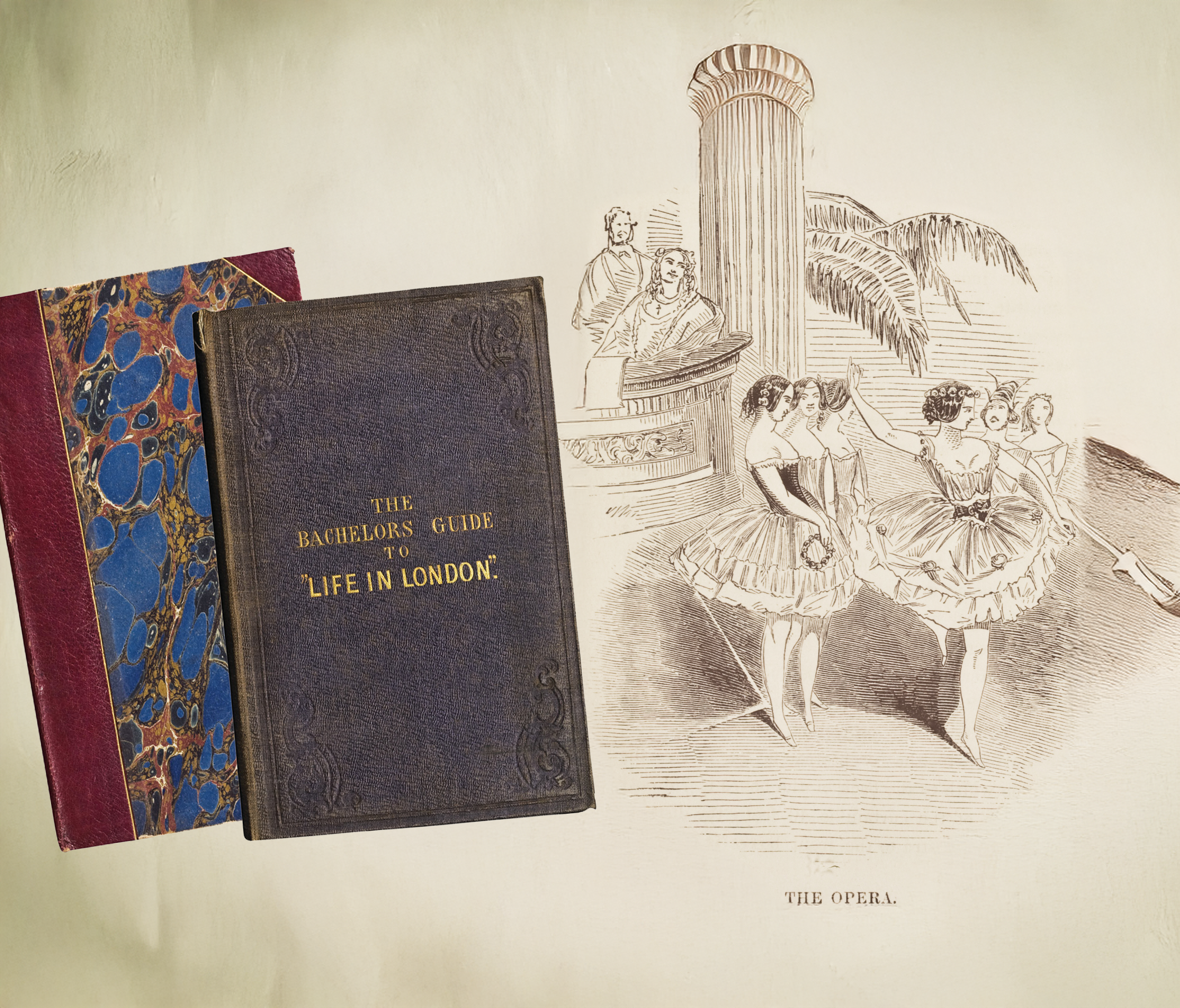From here to e-ternity
Electronic resources are essential for research but could fade from view without library vigilance
We live in a golden age of digital materials. Imagine you were a Northwestern faculty member researching the seedy side of Victorian culture. What could be a better use of your time than logging into the Libraries’ website to browse a digital resource called London Low Life? This collection of rare books, maps, and broadsheets, housed physically at Indiana University, is an unrivaled source about “the gin palaces, brothels, and East End slums of the 19th century’s greatest city.”

Or think of a film studies major analyzing the work of directorial masters. Within moments of logging in, he could comb through more than 1,000 entries at Film Scripts Online, contrasting the quotable dialogue of such Billy Wilder films as Stalag 17 and Some Like It Hot.
These are just two examples of e-resources the Libraries purchase and manage for the Northwestern community. John Blosser, the recently retired head of Acquisitions, likened e-resources to the concept of electricity itself.
“Both are essential services being managed out of sight of the end user,” he said. “Few people understand what makes them possible—they’re just grateful that they work.”
Publishers who make resources available digitally have only taken the first step. The real work of disseminating them is done by people like Blosser and his team. Acquiring and updating licenses, ensuring eligible users have access and that links are discoverable—the process of managing e-resources is a multifaceted task requiring constant attention, said electronic resources librarian Tim Hagan.
The surge in open access resources—which, bucking academic publishing tradition, are available for free—does nothing to simplify the process. Even when materials are free to the end user, they accrue management costs along the way. Not only do libraries like Northwestern’s fund initiatives and subscriptions that make University research freely available, but they must be vigilant to ensure continued access. For example, a single journal article may be free, but the rest of the journal may not, inviting unforeseen technical complications, depending on which institution granted you access to begin with. Blosser and Hagan are between the users and their materials, making their connections as seamless as possible.
One way the Northwestern community finds out about new digital resources is through librarian liaisons, who are paired with academic departments to keep them apprised of relevant offerings. But another, more serendipitous option is the Libraries’ New E-Resources Blog, which provides a running list that might pique the interest of a researcher or spark discovery by a student.
Begun in 2008, the blog has featured more than 4,200 articles, journals, books, and databases, though only a year’s worth of postings is available at any time, because “when licenses to older resources lapse, the posts can be more confusing than helpful,” said Hagan, the blog’s manager.
He selects materials that catch his eye—sometimes those that arrived in a larger package but went little noticed. London Low Life certainly grabbed his attention, but he is equally taken with resources across an array of disciplines, from a database of ethnographic videos to the Readex collection of global newspapers, pamphlets, and broadsides dating to the dawn of news publishing.
Alas, in a golden age of digital materials, there is always more for an electronic resources librarian to do. “I never get to look at these things,” Hagan said. “I make sure they’re working, then I move on.”